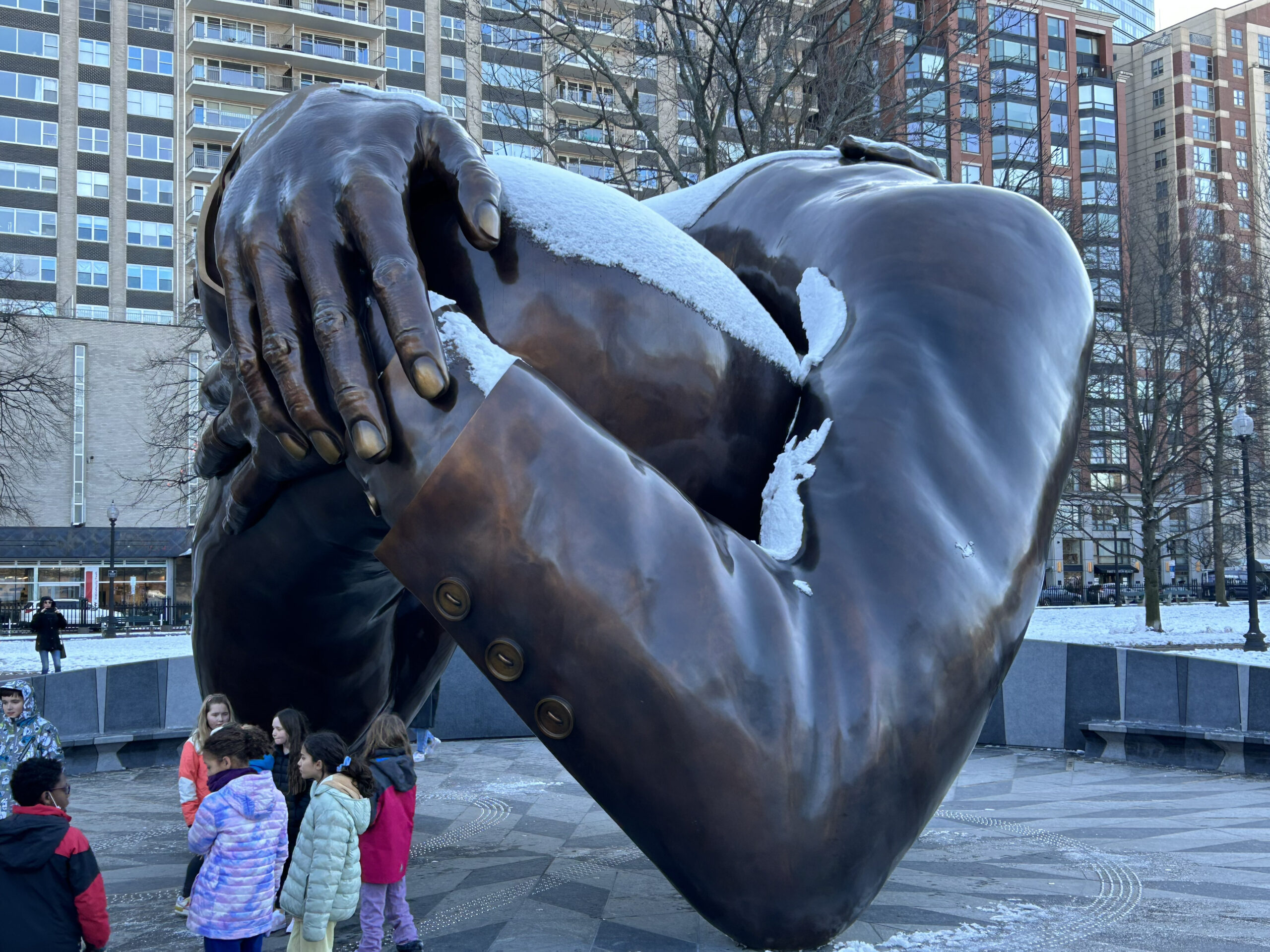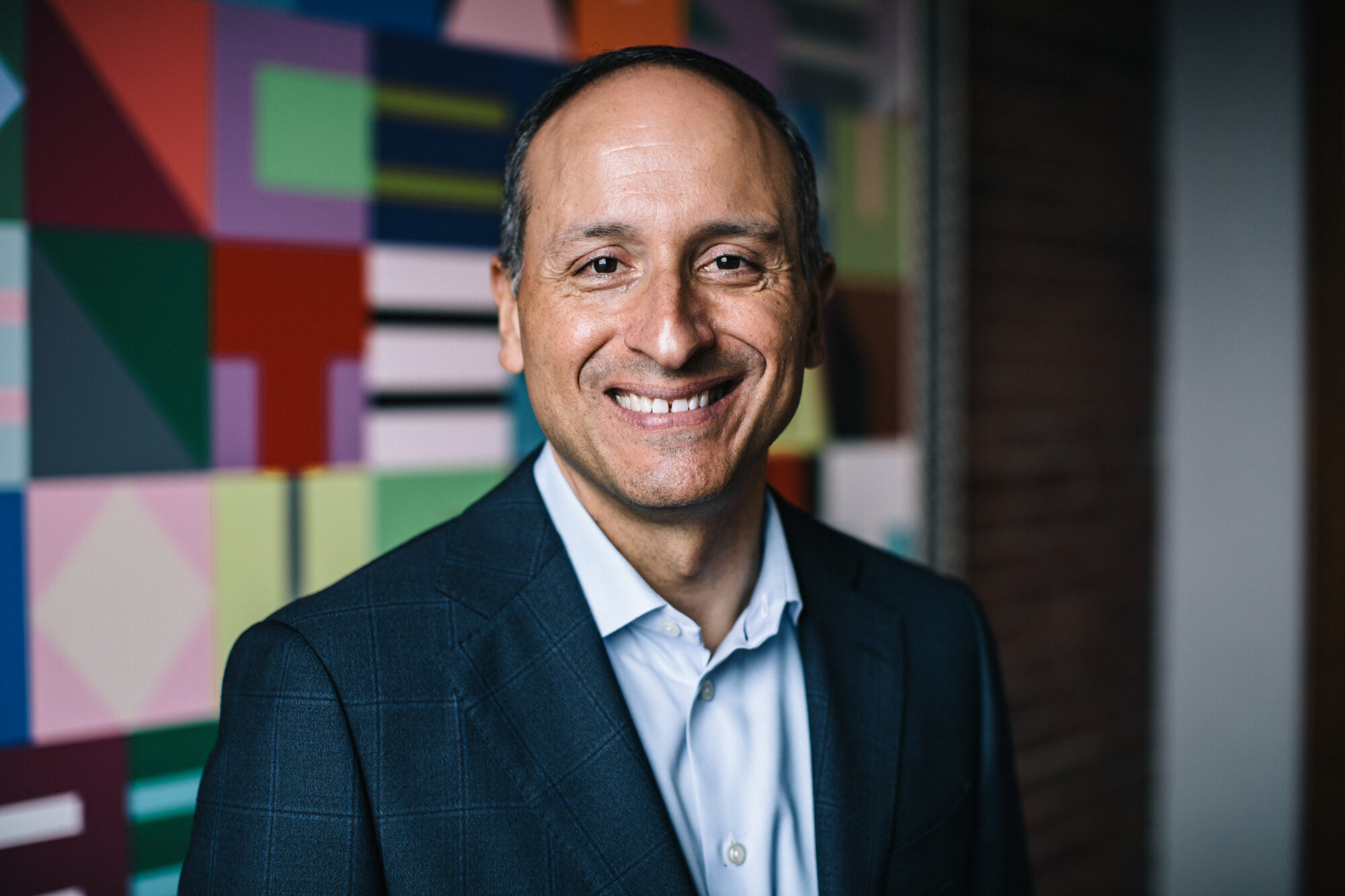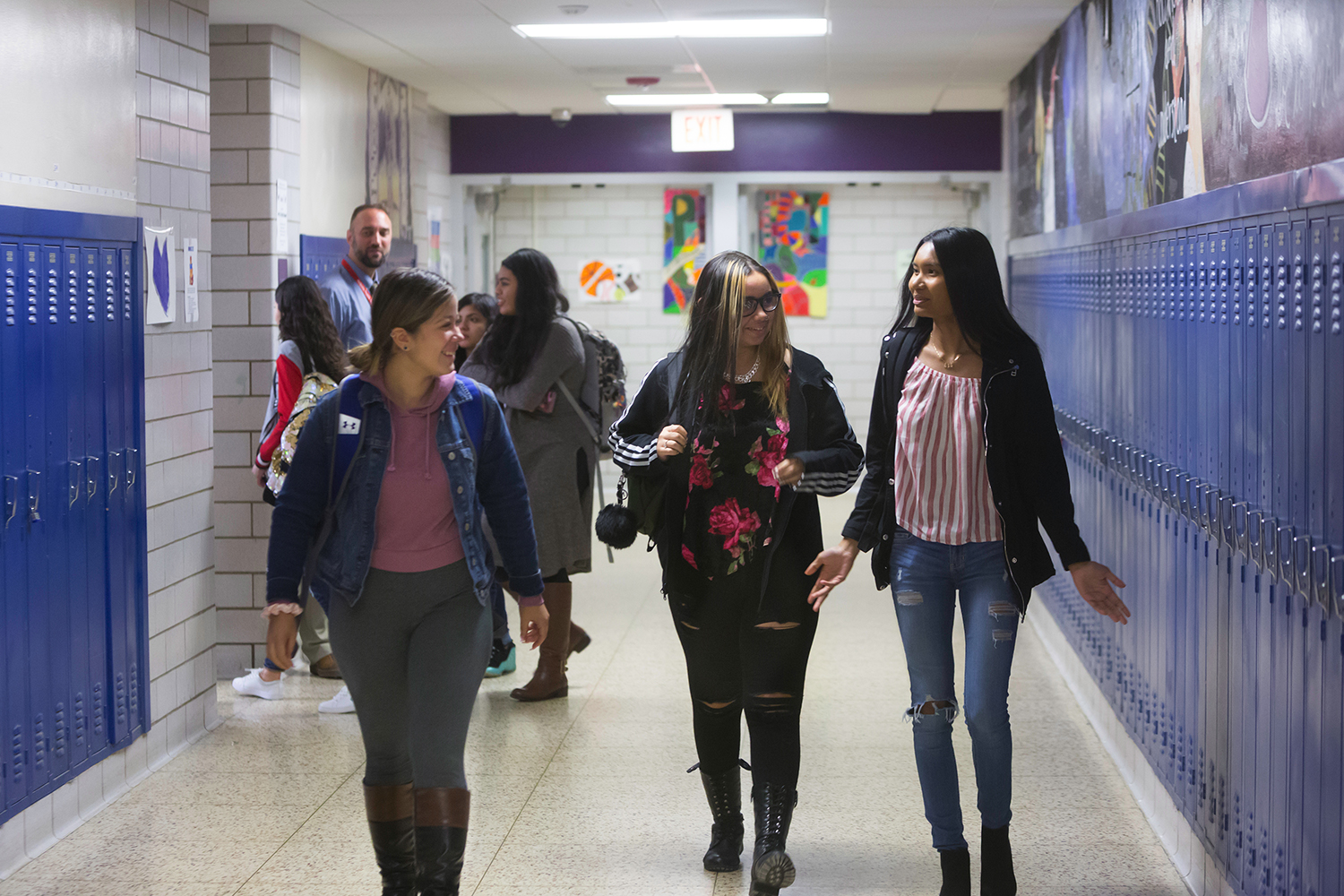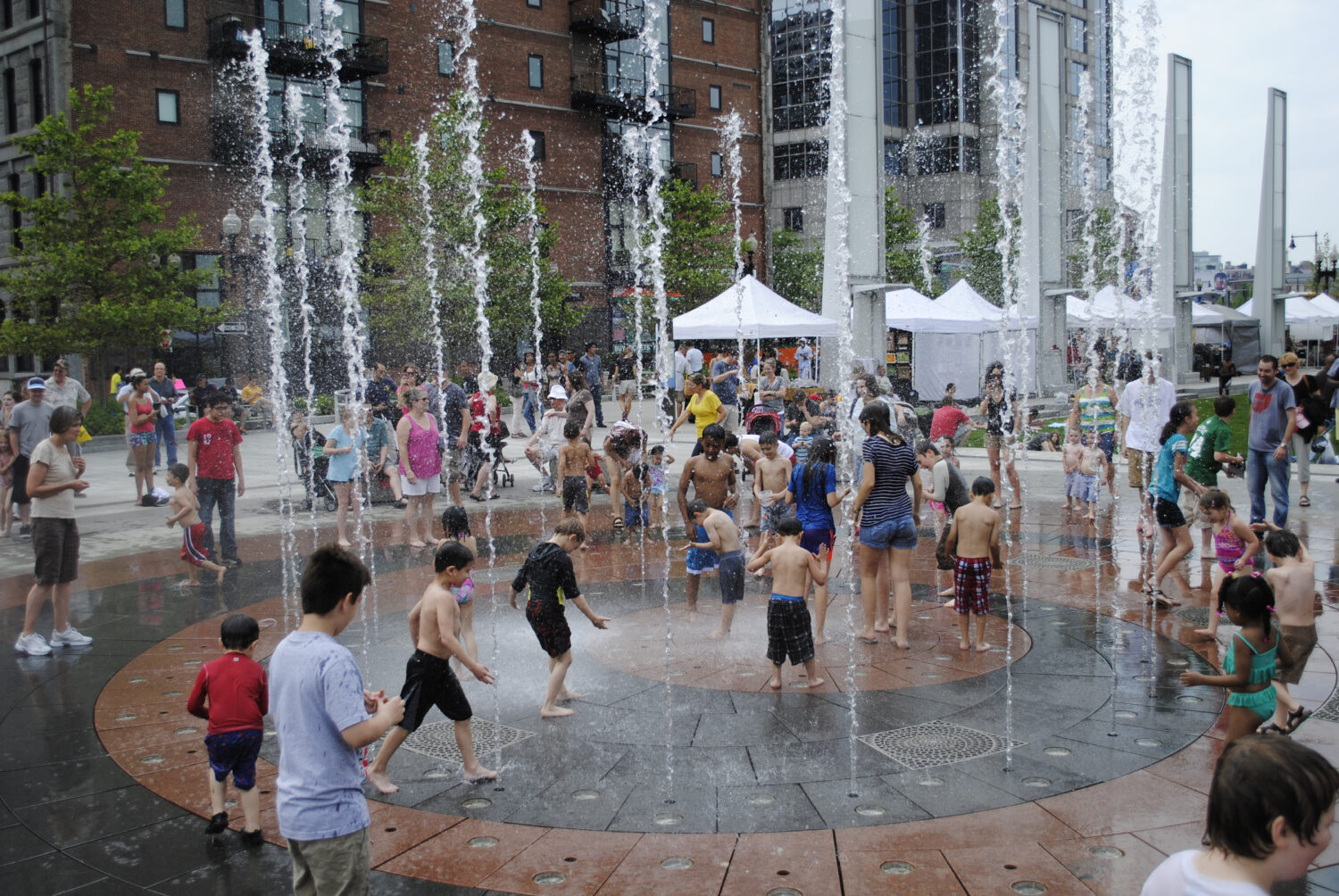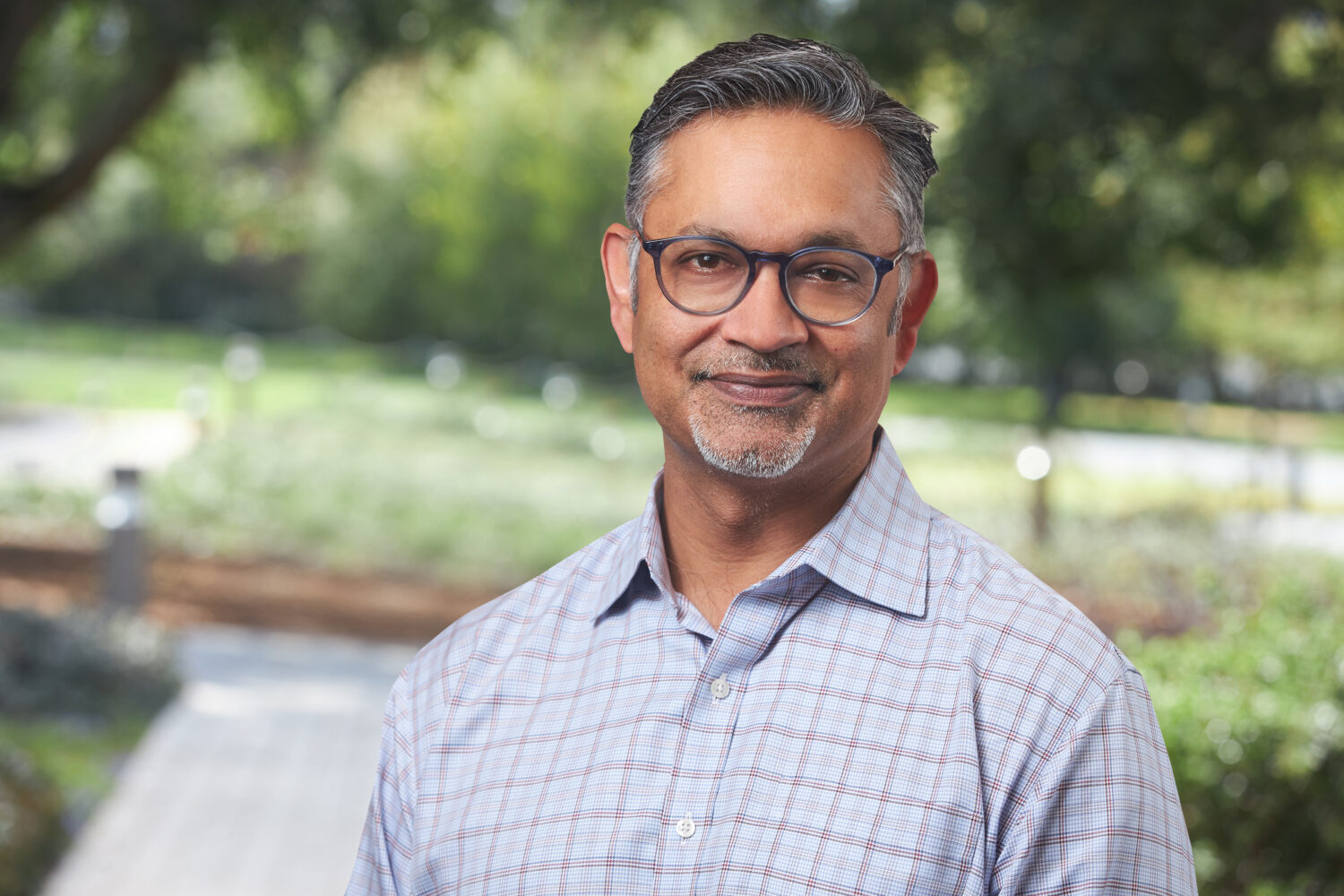This past weekend across the country, we honored the life and legacy of Dr. Martin Luther King. And last Friday, on the Boston Common—America’s oldest public park—I had the privilege of attending the much-anticipated unveiling of “The Embrace,” Boston’s newest public monument.
As a tribute to Martin Luther King Jr. and Coretta Scott King, who met and fell in love when they were students in Boston in the 1950s, The Embrace sculpture takes inspiration from a photograph of the couple, in an embrace, moments after learning Dr. King had been awarded the Nobel Peace Prize.

In this history-steeped city (and many others the world over), public sculptures more commonly feature solitary heroic figures – usually men, typically white, often armed and on horseback. Artist Hank Willis Thomas, speaking to The Boston Globe’s Murray Whyte last September, reflected on growing up in Washington D.C. surrounded by such sculptures: “What always struck me was that all these memorials were related to war and violence,” he said. “But none of them were about love.”
That insight inspired Willis’s artistry. The Embrace is all about love – and not solely of the romantic sort. Though it certainly captures a loving moment between the Kings, it also evokes their lifelong love and dedicated pursuit of justice, equity, and the “beloved community.” It also reminds us that achieving those aims is the work of decades and generations and extends far beyond the reach of any singular hero.
As we enter this new year, I draw inspiration from the themes represented by The Embrace: the power of love, the centrality of partnership, and our ongoing quest for an equitable society.
These are the themes that continue to animate our work at Barr. Much as we have sought to continue our work unabated throughout a global health pandemic, this year will offer us opportunities to be together—in person—as a Barr community and with our partners as we advance shared aspirations and deepen our abiding commitment to invest in potential.
Tomorrow, our staff will gather for our first offsite since 2019, and we are also excited for a collective learning journey this coming spring to Montgomery, Alabama, to visit the Equal Justice Initiative’s National Memorial for Peace and Justice and Legacy Museum (this trip was originally planned for Spring 2020, as I wrote here three years ago this month).
As we begin our work in 2023, I’m pleased to report that Barr’s trustees approved an increase in our grantmaking budget for 2023, to just over $150 million. This is despite a significant downturn in our assets, as experienced by most endowed institutions in 2022. This will represent the largest grantmaking budget in Barr’s history.
Derived from the Greek, the word “philanthropy” literally means love of humankind. But, as Dr. King rightly observed, love alone does not suffice:
This relationship between love and power is critical to understanding what transformative change requires. If we miss that, we risk diminishing all that the Kings, by their example, and The Embrace, in its newly-unveiled beauty, call upon each of us to do.
For our part at Barr, we remain committed to ensuring that our philanthropic resources—rooted in love—are directed in ways that build the power that leads to justice.
